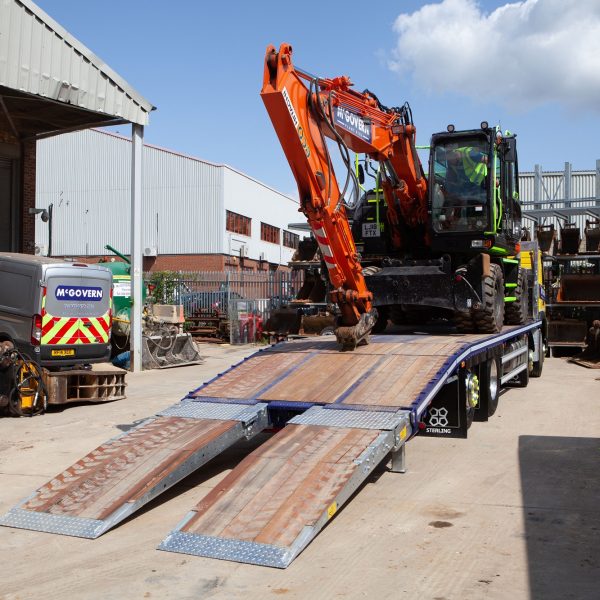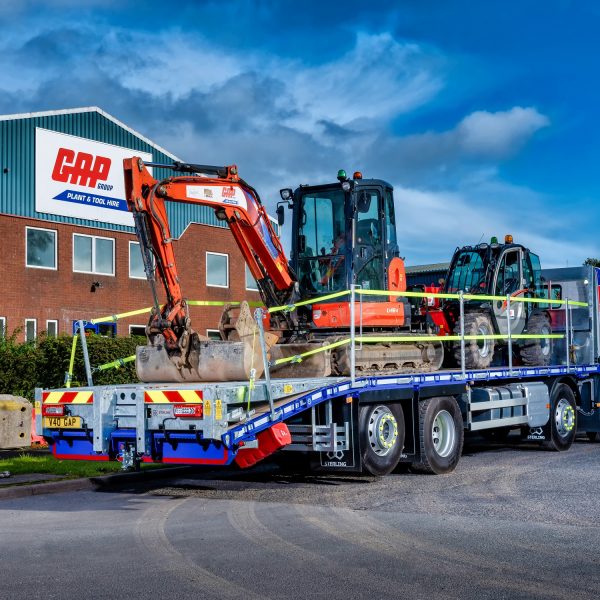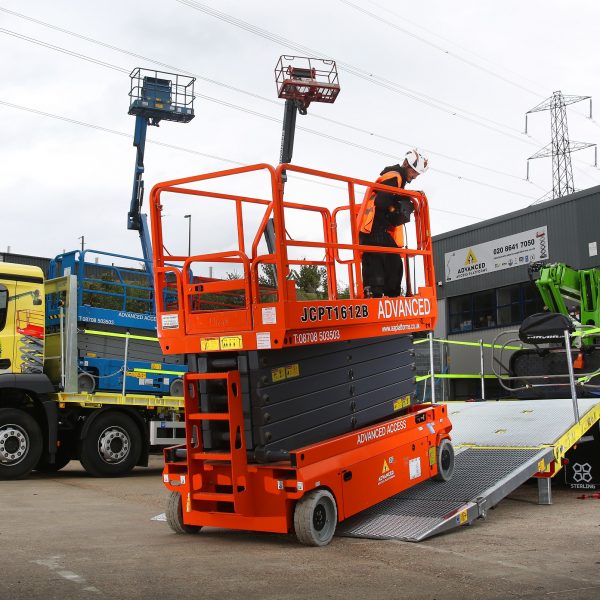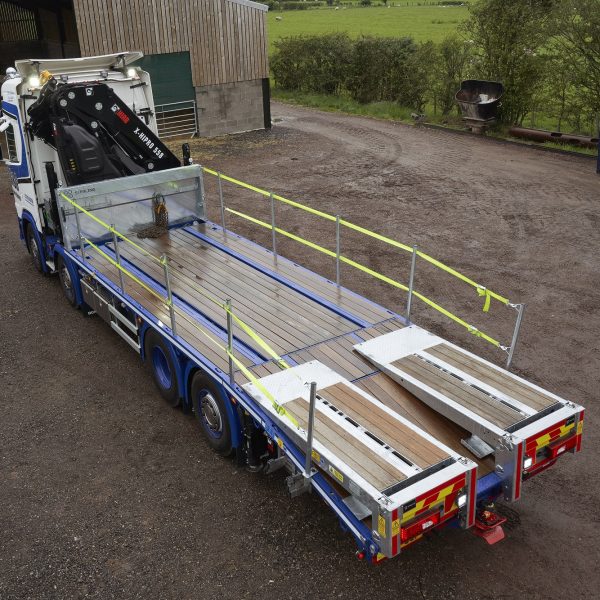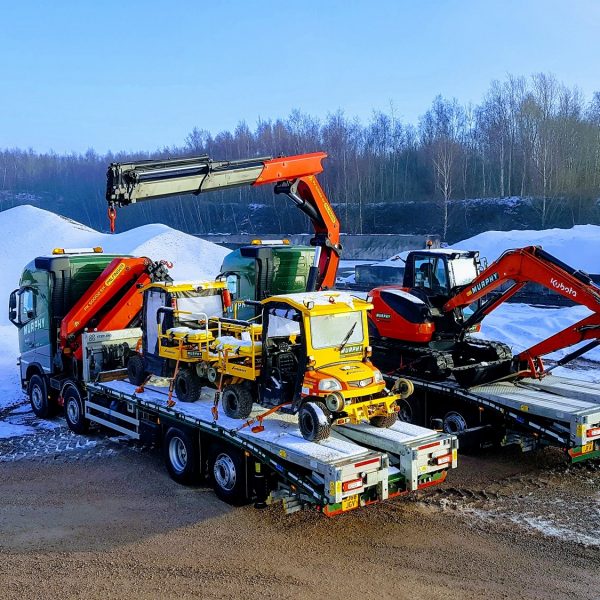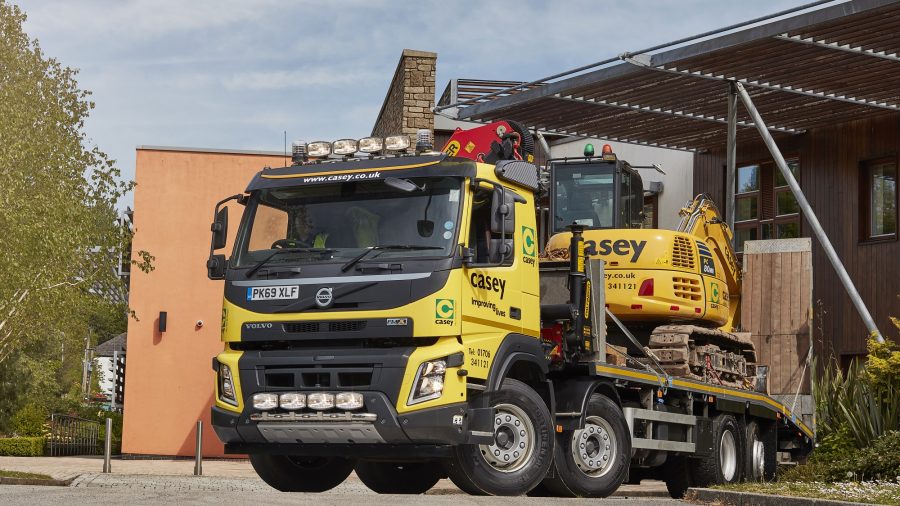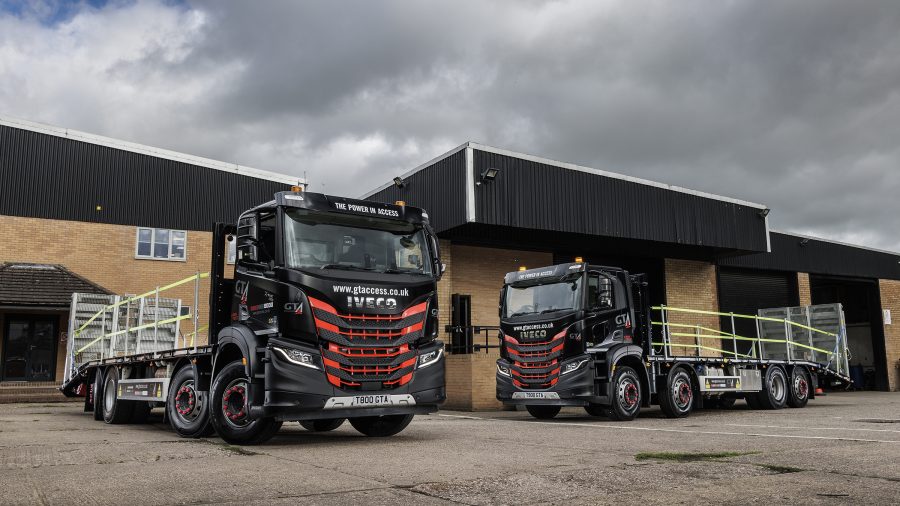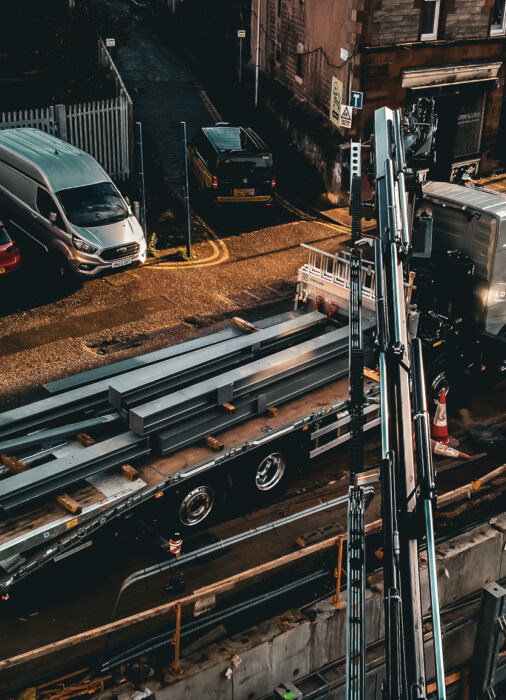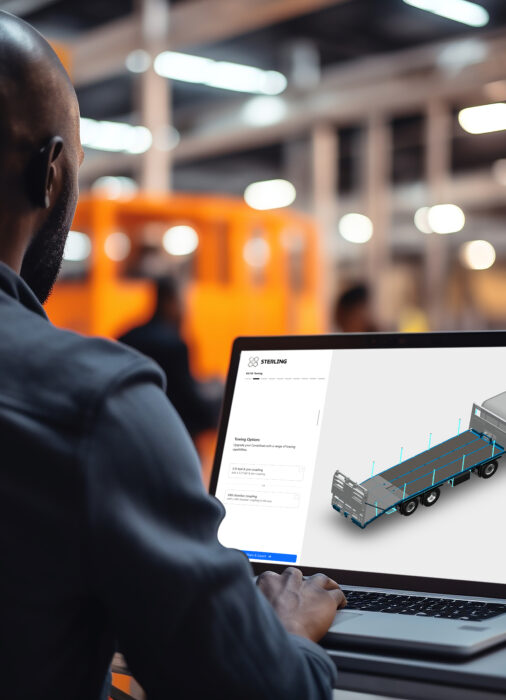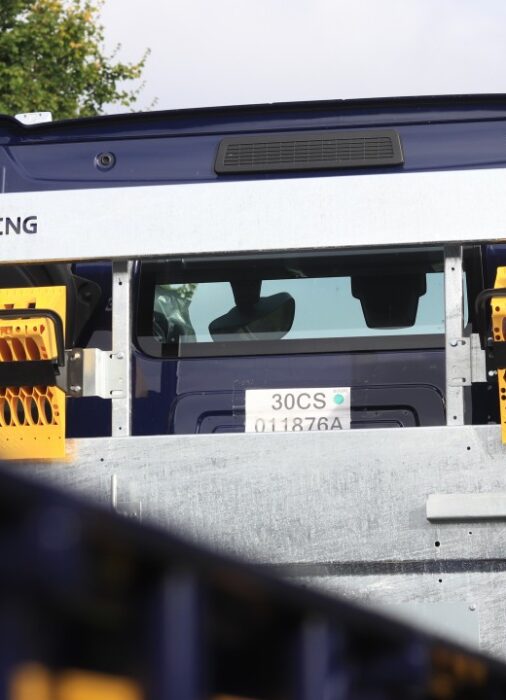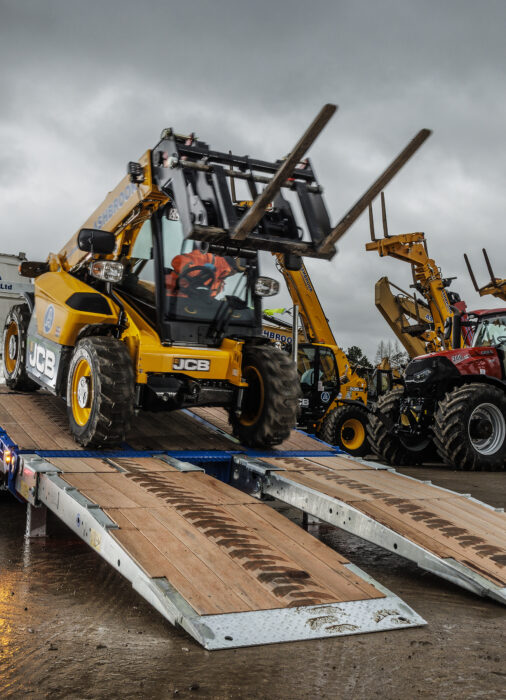Beavertail Trucks: Common Structural Problems & How to Fix Them
Published on: 1st February 2022
Beavertail trucks and plant bodies are among the hardest-working vehicles in the construction and access industry. Regularly delivering machinery to demanding sites, these trucks face rough terrain, heavy loads, and harsh weather. Unlike standard truck bodies, a beavertail plant body must handle extreme strains from loading excavators, boom lifts, and access equipment—all while resisting corrosion and structural fatigue.
If you run or maintain a fleet of beavertail trucks, understanding these common structural issues (and how to address them) will help extend vehicle lifespan, reduce downtime, and save on repair costs.
Why Beavertail Plant Bodies Wear Faster
Compared with other truck bodies, beavertail plant bodies are more exposed to:
-
Harsh site conditions – constant mud, water, and impact damage.
-
Low ground clearance – the beavertail’s lower profile increases spatter from the wheels and road.
-
Heavy machinery loading – uneven weight distribution puts stress on welds, ramps, and crossmembers.
This combination means corrosion and cracking are the two biggest threats to your beavertail truck body.
1. Corrosion in Beavertail Plant Bodies
Why corrosion happens:
-
Site conditions – frequent exposure to wet, dirty, and abrasive environments.
-
Low-profile design – being 100–200mm lower than standard bodies makes them more vulnerable.
-
Deck screws – over 600 fixings on a typical beavertail plant body create hundreds of rust entry points.
How to reduce corrosion:
-
Shotblasting before paint – ensures paint adheres to clean, unoxidised steel surfaces (including under runners).
-
Smarter steel choice – replacing box section with I-beams or folded sections allows full shotblasting and painting.
-
Galvanising – offers superior long-term protection by impregnating the steel, especially useful for toolboxes, ramps, and jack legs.
-
Daily washdowns – pressure washing after site use significantly slows rust development.
2. Structural Fatigue in Beavertail Trucks
Why fatigue occurs:
-
Heavy machinery creates uneven stress during loading.
-
Repeated strains lead to cracking, especially around welds and pivot points.
How to prevent fatigue and cracking:
-
Stronger body design – focus on quality welds. Using rotisserie jigs allows welders to work in the horizontal plane, producing deeper, more consistent welds.
-
Flexible body design – allow controlled flex by only welding crossmembers vertically through runners, preventing edge cracking under pressure.
-
Jack leg positioning – support the ramp pivot point by placing jack legs as close to the rear crossmember as possible. Though ground clearance is tight, automatic jack legs can still be fitted—and the added support is worth it.
Key Takeaways
A beavertail plant truck body is a specialised tool built to carry heavy machinery safely—but it’s only as reliable as its design and maintenance. By addressing corrosion risks and managing structural fatigue, operators can:
-
Extend the service life of their plant bodies
-
Minimise costly repairs and downtime
-
Keep fleets working safely and efficiently
Whether you’re running a single beavertail truck or managing a fleet, investing in preventative measures will always pay back over time.

